Fast food has long been a cornerstone of American culture—a place where convenience meets comfort, and cravings are satisfied in just minutes. From iconic golden arches to legendary secret sauces, these chains have built empires by winning over generations of hungry customers. But in an industry where tastes evolve faster than the drive-thru line moves, even giants aren’t immune to shifting tides. As consumer preferences lean toward speed, value, quality, and innovation, not every brand can keep up.
Some fast food powerhouses are thriving in 2025, expanding aggressively, fine-tuning their menus, and doubling down on digital ordering, loyalty apps, and limited-time offerings that keep fans coming back. Whether it’s the unwavering popularity of a perfectly crisp chicken sandwich or a new twist on breakfast classics, these brands are dominating the game and showing no signs of slowing down.
On the flip side, several once-beloved chains are quietly losing their loyal fan bases. Aging locations, uninspired menus, rising prices, or poor service have taken a toll on their reputations—and the numbers are starting to reflect it. As newer brands and trendy niche chains emerge with cult followings and viral hype, legacy names risk becoming forgotten if they don’t evolve.
So which fast food brands are still sitting on the throne, and which ones are struggling to hold onto their crowns? We’ve rounded up 7 American legends that are still dominating the industry in 2025—and 5 that are undeniably falling out of favor. From beloved burger joints to coffee empires and chicken slingers, this list separates the unstoppable from the outdated. Whether you’re loyal to a drive-thru staple or debating your next lunch run, these rankings just might make you rethink your go-to order.
1. McDonald’s
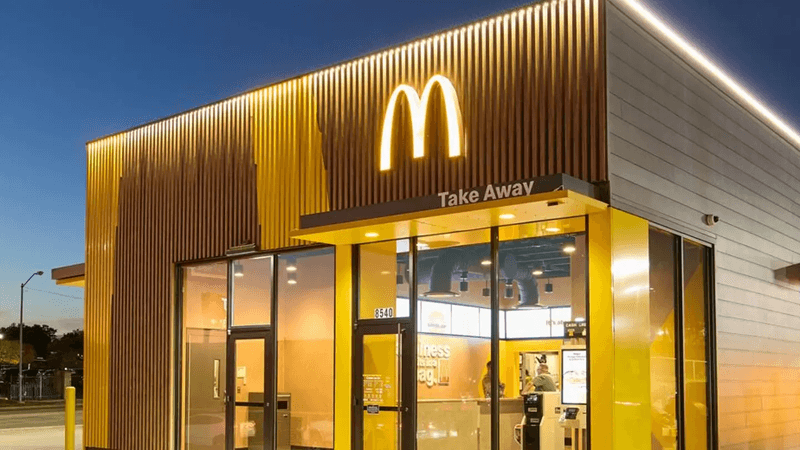
The undisputed king of fast food shows no signs of slowing down. Despite economic headwinds, McDonald’s ambitious plan to open 900 new U.S. locations by 2027 proves its enduring appeal.
The chain’s ability to balance nostalgic favorites with menu innovations keeps customers coming back. Their app-based rewards program has modernized the experience while maintaining the familiar comfort that spans generations.
From breakfast classics to the iconic Big Mac, McDonald’s continues to define what fast food means in America. Their massive scale allows them to weather industry storms that would sink smaller competitors.
2. Chick-fil-A
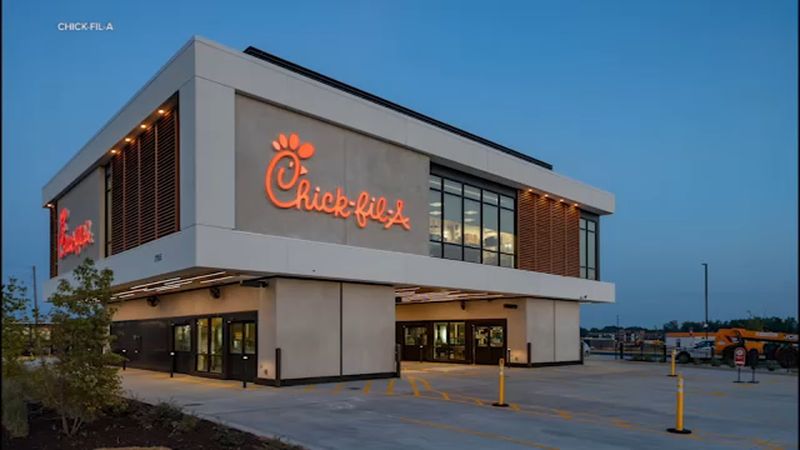
Famous for its hospitality and signature chicken sandwich, Chick-fil-A has captured the hearts (and taste buds) of American teens for seven consecutive years. The chain’s commitment to quality and customer service creates lines that wrap around buildings.
Even with fewer operating days than competitors, Chick-fil-A generates remarkable per-store sales figures. Their streamlined menu focuses on doing fewer items exceptionally well rather than offering endless options.
The restaurant’s employees, known for their cheerful “my pleasure” responses, create a dining experience that feels more personal than typical fast food interactions.
3. Taco Bell
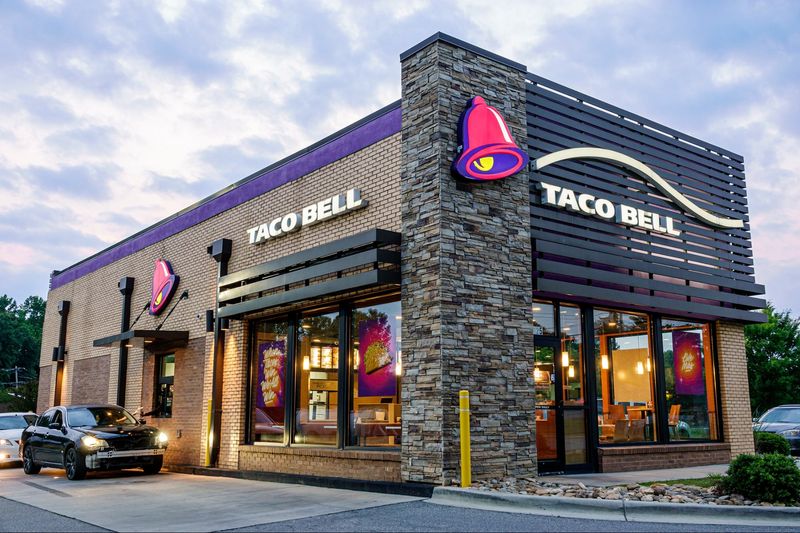
Constant menu experimentation keeps Taco Bell in the fast food spotlight. Their limited-time offerings create buzz and urgency that drives customers through doors to try items before they disappear.
The $7 Luxe Cravings Box exemplifies their value-focused approach that appeals to budget-conscious diners. While other chains raise prices, Taco Bell finds ways to offer meal deals that feel like genuine bargains.
Social media savvy marketing campaigns connect with younger audiences who appreciate the brand’s quirky personality. From Doritos Locos Tacos to the Mexican Pizza comeback, Taco Bell understands how to generate excitement around fast food.
4. Wendy’s

The square-patty pioneer continues to win hearts with its “never frozen” beef promise and sassy social media presence. Founded by Dave Thomas in 1969, this red-headed mascot chain has maintained its position by balancing tradition with innovation.
Their Frosty dessert – not quite ice cream, not quite milkshake – remains a cult favorite that keeps customers coming back decades later. The chain’s commitment to fresh ingredients resonates with today’s health-conscious consumers.
Fun fact: Wendy’s was named after founder Dave Thomas’s daughter Melinda, whose nickname was Wendy. Their recent menu expansions and breakfast offerings have helped them stay relevant while competitors scramble to keep up.
5. Starbucks
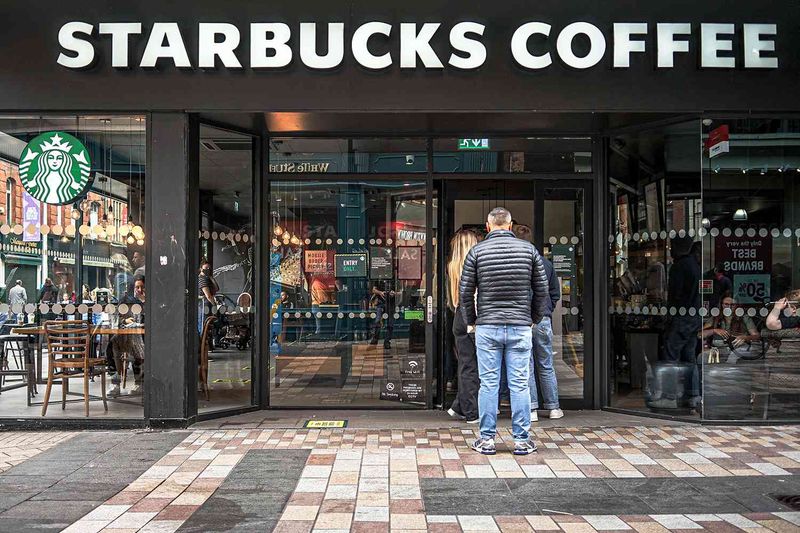
Starbucks has transcended its coffee shop origins to become a lifestyle brand with unmatched customer loyalty. Their seasonal drink offerings create anticipation and social media buzz that drives traffic throughout the year.
The chain’s mobile ordering system revolutionized how customers interact with quick-service restaurants. Their rewards program keeps customers coming back while collecting valuable data on preferences and habits.
Food menu improvements have transformed Starbucks from a coffee stop into an all-day dining option. The comfortable seating areas and free WiFi turned their locations into de facto workspaces and meeting spots, creating a “third place” between home and work.
6. Dunkin’
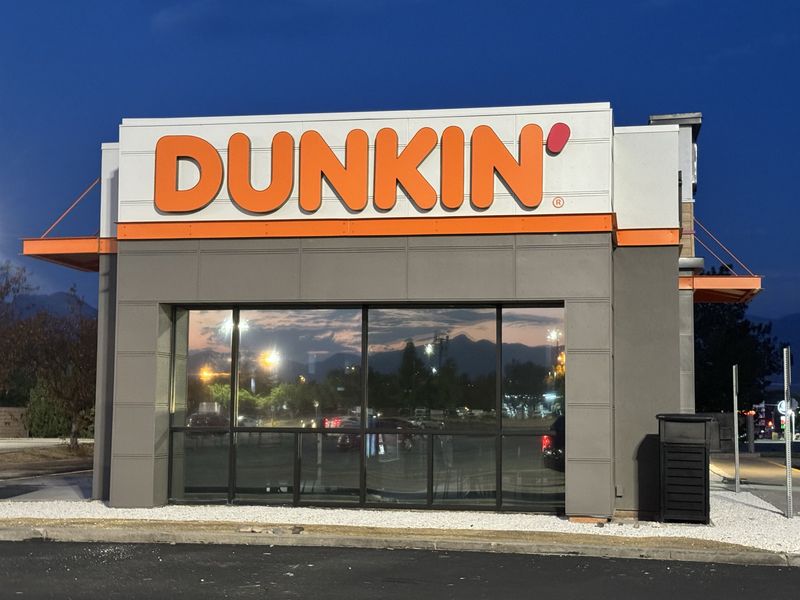
Once primarily known for donuts, Dunkin’ has evolved into a beverage-first brand that competes directly with coffee giants. Their rapid service model appeals to customers who value efficiency over ambiance.
Regional loyalty runs deep, especially in the Northeast where Dunkin’ holds cultural significance beyond just breakfast. The chain’s simplified rebrand (dropping “Donuts” from the name) reflected their expanded focus on beverages and all-day offerings.
Menu innovations like snacking options and plant-based alternatives show Dunkin’s adaptability to changing consumer preferences. Their straightforward approach to quick service remains their greatest strength in a market full of more complex competitors.
7. Dave’s Hot Chicken
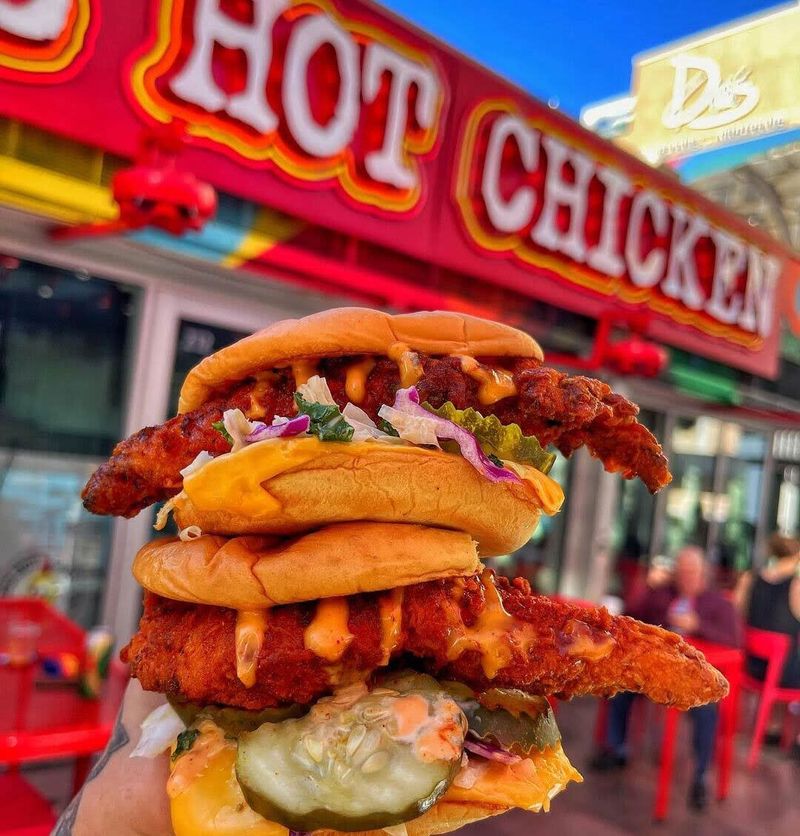
From humble food truck beginnings to billion-dollar valuation, Dave’s Hot Chicken represents the American dream in fast food form. Their Nashville-style hot chicken hits the perfect balance of trendy food concept with broad appeal.
Celebrity investors like Drake have added cultural cachet to the rapidly expanding chain. The simple menu focused on different heat levels allows customers to find their perfect spice match while keeping operations streamlined.
Unlike many fast-casual concepts that plateau after initial excitement, Dave’s continues its explosive growth trajectory. Their Instagram-worthy presentation and customizable spice levels create word-of-mouth marketing that traditional advertising can’t buy.
1. Subway
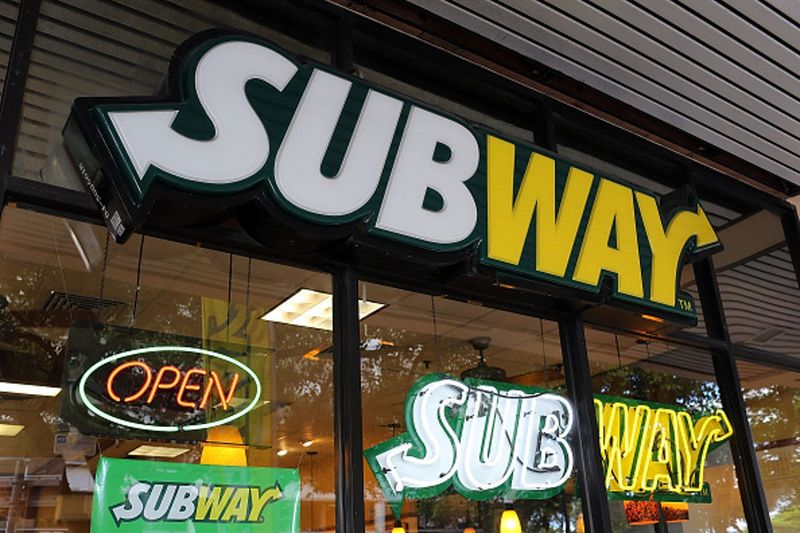
Once the world’s largest restaurant chain by location count, Subway’s massive footprint is shrinking fast. The closure of over 600 U.S. stores in 2024 alone signals serious trouble for the sandwich giant. Customer perception of Subway has suffered from quality concerns and menu staleness.
Despite menu refreshes and marketing campaigns, the brand struggles to recapture its former appeal as newer sandwich concepts offer more exciting options.
Franchise disputes and inconsistent store experiences have further damaged the brand. What was once seen as a healthier fast food alternative now battles perception issues about ingredients and value as competitors have caught up to their once-innovative approach.
2. Pizza Hut

The iconic red-roofed restaurants that defined American pizza for generations are disappearing from the landscape. Pizza Hut’s sluggish innovation has allowed competitors like Domino’s to race ahead with better technology and delivery systems.
Store closures in competitive markets reflect the chain’s struggle to maintain relevance. The shift away from dine-in experiences to delivery-focused operations has stripped away the nostalgic appeal that once made Pizza Hut special.
Menu experiments haven’t produced the breakthrough hits needed to excite customers. What was once the default choice for American families celebrating special occasions with pizza has become just another option in a crowded delivery landscape.
3. KFC

The pioneer of fast food chicken faces unprecedented challenges in its home market. KFC’s 5% sales decline in early 2025 sent shockwaves through parent company Yum! Brands as the once-dominant chicken chain struggles to maintain relevance.
Multiple location closures reflect shifting consumer preferences toward newer chicken concepts. The chain that invented the fast food chicken category now finds itself playing catch-up to more modern competitors with simpler menus and stronger brand identities.
International markets remain bright spots while domestic performance lags. KFC’s traditional approach to fried chicken, once revolutionary, now competes against countless specialty chicken concepts that offer more distinctive flavors and experiences.
4. Jack in the Box
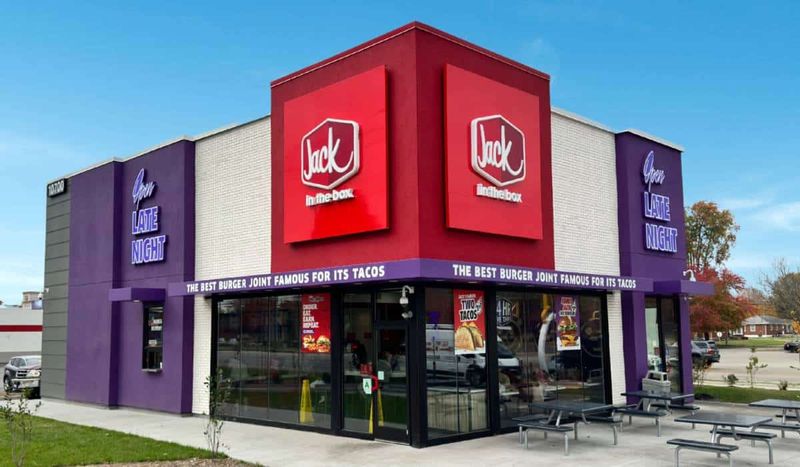
Known for its quirky advertising and diverse menu, Jack in the Box faces growing customer disenchantment. Price increases have outpaced perceived value, pushing budget-conscious customers toward competitors with stronger value propositions.
Lingering trust issues from past food safety concerns continue to affect brand perception. The chain’s eclectic menu, once a strength, now creates operational complexity without delivering the specialization today’s consumers often prefer.
Late-night dining, previously a Jack in the Box stronghold, faces increased competition from delivery services and other chains extending hours. The smiling clown mascot no longer generates the same customer enthusiasm as newer brands with clearer identities and more focused menu concepts.
5. Burger King
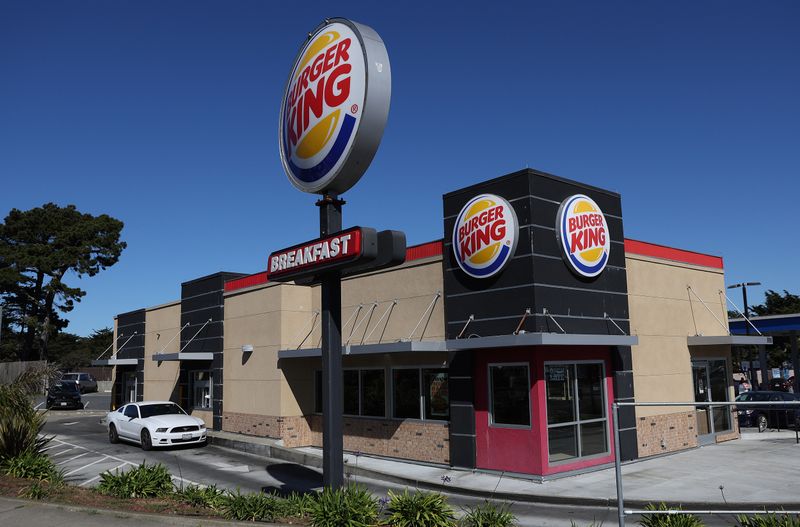
Once upon a time, the Home of the Whopper ruled with flame-grilled authority. Now the King’s castle shows cracks in its foundation. Despite spending millions on flashy rebranding campaigns and menu overhauls, Burger King watches helplessly as customers drive past their restaurants.
Younger consumers aren’t connecting with BK’s identity crisis – one moment they’re pushing plant-based options, the next they’re doubling down on meat-heavy indulgence. Their inconsistent strategy leaves loyal subjects confused and hungry elsewhere.
Fun fact: Burger King has changed its logo seven times since 1954, perhaps symbolizing its ongoing struggle to figure out exactly what it wants to be in the modern fast food landscape.
Leave a comment